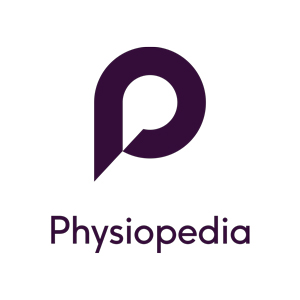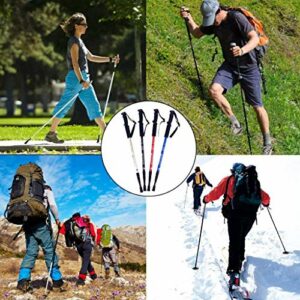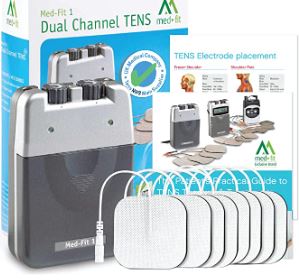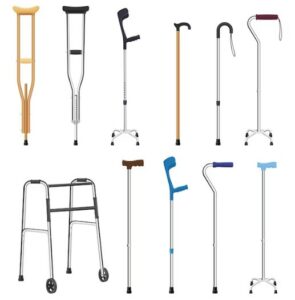Hypermobility and Ehlers-Danlos Syndrome
Hypermobility syndromes association
What is hypermobility?
Joint Hypermobility Syndrome
Hypermobility



Hypermobility syndromes association
I am a zebra hypermobility and invisible disabilities.
A patients story

Hypermobility syndromes association
Dr Jane Simmonds
Hypermobility and hypermobility syndrome for physical education



Hypermobility hacks – posture playlist
Lisa Howell – The Ballet Blog
Balance ladder

Neck strengthening for beginners

Pelvic strength and stability

Stabilize hypermobile shoulders

Prevent sitting pain with hypermobility
Recommended products
These product exactly or as closely as possible match those commonly issued in the healthcare industry. Clinically approved.
What is EDS ?
Ehlers Danlos Syndrome
Ehlers Danlos Syndrome

What is EDS ?

The Beighton score


Ehlers Danlos Syndrome society
Physiotherapy playlist 8 videos


Prevent sitting pain with hypermobility

Pilates for EDS, POTS & Hypermobility – Health coach
Recommended products
These product exactly or as closely as possible match those commonly issued in the healthcare industry. Clinically approved.
Nordic pole walking
Nordic Walking uses specially designed poles – not to be confused with trekking poles – to enhance your natural walking experience. With a technique that is similar to the upper body action of classic cross-country skiing, Nordic Walking is a genuinely whole body exercise that can be enjoyed at many levels, at low, medium or high intensity.
For those with persistent back pain, slightly flex forward your back posture to open up the space in your spine, this will help improve walking intensity.
- Burn around 20% more calories compared to walking without poles.
- Release tension in your neck and shoulders.
- Improve your posture and gait.
- Strengthen your back and abdominal muscles.
- Reduce the impact on your joints.
(28.01.23 https://britishnordicwalking.org.uk/pages/about-nordic-walking)
Click the icon to view poles
Back support
A Back Brace Belt has been manufactured and designed to help patients with chronic back pain, herniated disc, muscle spasm and weak lower back problems to provide the support needed to function during daily activity.
It is important to note that back supports need to be used alongside a strengthening programme for your core. See here for pilates. Do not leave yourself dependent on this device.
Please make sure you measure your waistline accurately and follow the fitting instructions.
Any new device will take time to get used to, so each day increase your use by 2 hours.
1. Degenerative lumbar spine
2. Osteoporosis of spine
3. Herniated disc
4. Annular tear of disc
5. Recent spinal surgery
6. Disciitis
7. Heavy manual workers
8. Repetitive activity
Click the icon to view options
TENS Transcutaneous Electrical Stimulation
A TENS machine is a small, battery-operated device that has leads connected to sticky pads called electrodes. You attach the pads directly to your skin. When the machine is switched on, small electrical impulses are delivered to the affected area of your body, which you feel as a tingling sensation.
The electrical impulses can reduce the pain signals going to the spinal cord and brain, which may help relieve pain and relax muscles. They may also stimulate the production of endorphins, which are the body’s natural painkillers.
(28.01.23 https://www.nhs.uk/conditions/transcutaneous-electrical-nerve-stimulation-tens/)/
2. peripheral neuropathy
3. pregnancy delivery
Walking aids
These devices provide stability, and promote independence and confidence when one is challenged by musculoskeletal problems.
Conditions that often require walking aids:
1. Lower limb weakness and pain
3. Joint osteoarthritis
4. Frailty
5. Balance deficit
6. Neurological disorders
7. Post operative lower limb conditions









